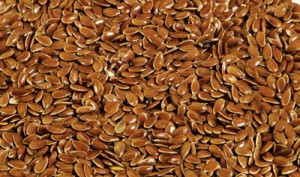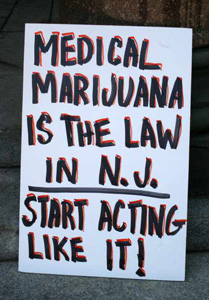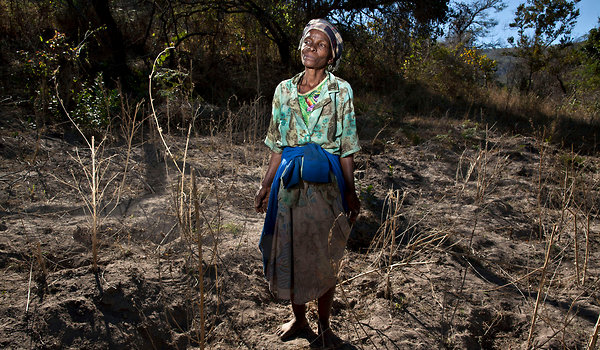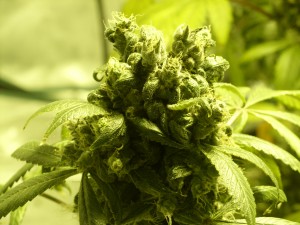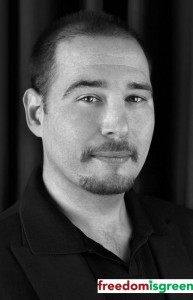New Jersey recently approved six Alternative Treatment Centers to produce medical cannabis under some heavy restrictions. But the science just doesn’t add up for some of the complex regulations proposed by the Department of Health and Senior Services (DHSS). Trying to run one of the new non-profits under these rules may prove to be impossible.
One of the biggest concerns for medical professionals, scientists and the patients who qualify is the proposed 10 percent limit on THC potency. NJ DHSS claims that these provisions follow the federal cannabis program at the University of Mississippi (UMiss). This program serves a total of four (4) patients.
It is true that the Ole Miss program doesn’t usually provide Cannabis cigarettes with more than 10% THC but New Jersey regulators leave out the reason: Cannabis cigarettes with greater THC content will get stuck in the federal program’s cigarette rolling machine:
“The cigarettes are not made here, unless there’s a requirement for high-potency material, which doesn’t lend itself to mechanized production of cigarettes, because it gets resinous and gums the machine. We use a small hand roller for that,” says ElSohly. “But if we need them in bulk, like say 60,000 cigarettes, we have a subcontract with a company in North Carolina.” read full
Other differences exist between New Jersey’s regulations and the federal government’s marijuana program:
– Dr. ElSohly can process Cannabis into cigarettes, patches, suppositories, etc. in order to fit specific research and clinical needs.
– Dr. ElSohly also grows high potency varieties for research and in doing so has discovered new cannabinoids.
Every government sponsored medical marijuana program in the world, including at UMiss, allows the Cannabis plants to be homogenized and thus standardized. But NJ DHSS has failed to acknowledge even the simple fact that THC content can vary within cannabis strain varieties, and even within a plant itself.
When asked what cannabis producers should do if the crop tested over 10 percent THC Dr. Susan Walsh the former Deputy Commissioner at DHSS responded, “The plants would have to be destroyed.”
It would take another three-month cycle to produce a replacement crop. This could put the Alternative Treatment Center in the position of great financial risk and leave patients with a limited supply.
Some basic high school biology is important here: The Cannabis plant does not produce uniform amounts of cannabinoids in its flowers. Light helps plants grow, and the parts of a plant that are exposed to more light (on the top of the plant) become more developed than the fruits on the lower branches. So, in theory a Cannabis plant could have 15% THC on the very top flowers but a mere 3% level on the lower branches.
In the rest of the world, the method of production employed is that the cannabis plants are ground up and a mixture is prepared. If the material in New Jersey is going to be processed then there is no need for THC limits, testing each plant, or destroying potent medicine. The desired THC level can be reached by mixing low and high potency plant materials. This is also how GW Pharmaceuticals produce their Cannabis spray called Sativex, a mixture of two cannabis varieties that have been processed and standardized.
Again, NJ DHSS is implying that every medical marijuana plant would need to be tested to prove they are below this arbitrary threshold. The cost of setting up and running such a lab to fulfill these extraneously inefficient rules could be in the tens-of-millions of dollars. This is extremely inefficient and wasteful but it also demonstrates ignorance when it comes to regulating medicines and plant products.
Dr. ElSohly, who runs the federal medical cannabis program said in The Memphis Flyer, “The market demands higher potency all the time, and the higher-potency marijuana is more expensive and creates less bulk.”
If NJ is going to mandate any testing by the ATCs the plant material should be screened in large batches just like the University of Mississippi and every other medical marijuana program in the world.
Currently no regulations exist for any other drug like those being proposed for marijuana in New Jersey. Even opium has fewer regulations. Is every poppy plant from Tanzania or Afghanistan tested for opiate levels before it’s shipped to the U.S.? No, of course not. Raw opium flowers are shipped in pressed bricks to laboratories for processing before it is delivered to hospitals and pharmaceutical companies.
New Jersey is ignoring the reality of common scientific practices for medical marijuana and is presenting a health policy that is almost science fiction.
Read more at Science at Freedomisgreen.com
A Brief History of Cannabinoid Research
Inhaled Marijuana May Keep Brain Cancer in Remission
Case Report Shows Dronabinol (Delta9-THC) can Help Autistic Children
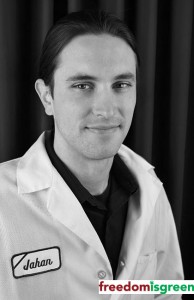 Jahan Marcu is currently investigating the pharmacology of cannabinoid receptors. He was working at the California Pacific Medical Center Research Institute when exciting discoveries were made showing enhanced anti-cancer effects with THC and CBD from the Cannabis plant. The findings were published in the Journal of Molecular Cancer Therapeutics. In 2009 he received the Billy Martin Award from the International Cannabinoid Research Society (ICRS). Jahan is the vice-chair the Medical and Scientific Advisory Board at Americans for Safe Access (ASA). Contact: science { at } freedomisgreen.com
Jahan Marcu is currently investigating the pharmacology of cannabinoid receptors. He was working at the California Pacific Medical Center Research Institute when exciting discoveries were made showing enhanced anti-cancer effects with THC and CBD from the Cannabis plant. The findings were published in the Journal of Molecular Cancer Therapeutics. In 2009 he received the Billy Martin Award from the International Cannabinoid Research Society (ICRS). Jahan is the vice-chair the Medical and Scientific Advisory Board at Americans for Safe Access (ASA). Contact: science { at } freedomisgreen.com
DISCLAIMER: The views and opinions expressed are those of the author and do not necessarily represent any University, business or affiliates. While the information provided in this blog is from published scientific studies it is not intended to diagnose or treat any disease.
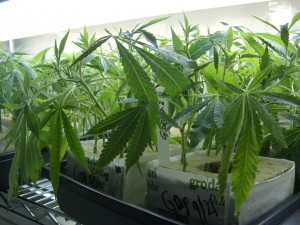
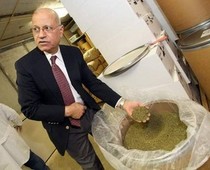
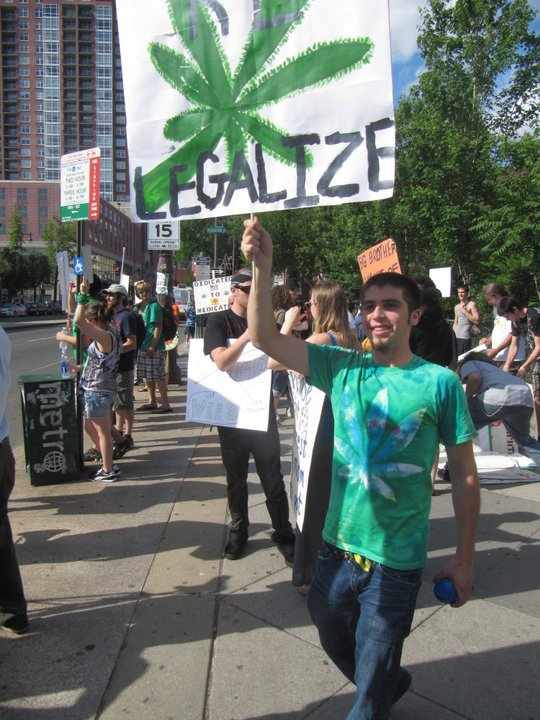
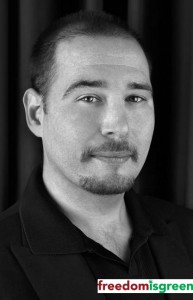
 A research team based in Poland may have
A research team based in Poland may have 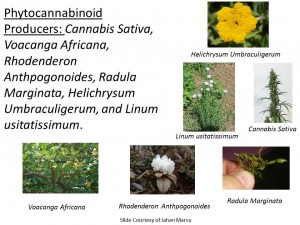 In fact, flax is now part of an ever-growing list of plants that can produce cannabinoids (See image of Phytocannabinoid Producers).
In fact, flax is now part of an ever-growing list of plants that can produce cannabinoids (See image of Phytocannabinoid Producers).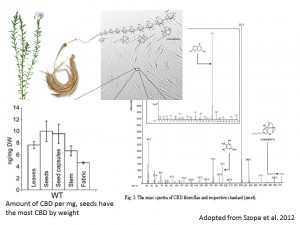 A similar misconception was also made by
A similar misconception was also made by 
